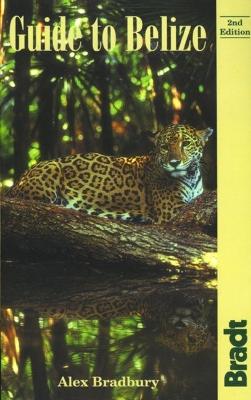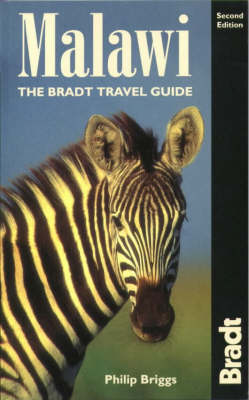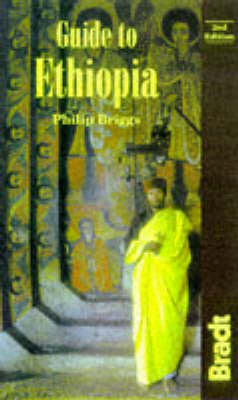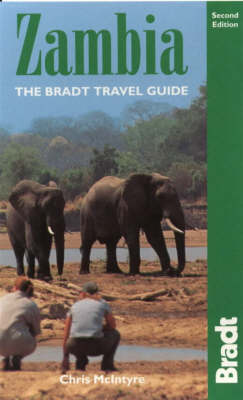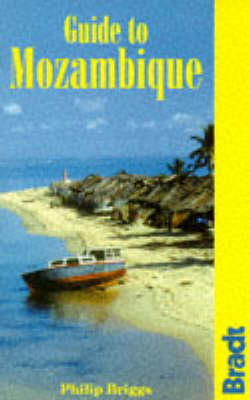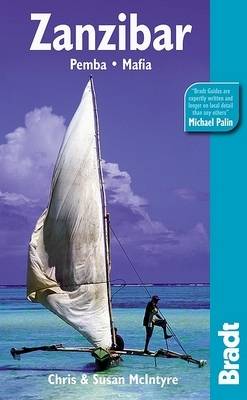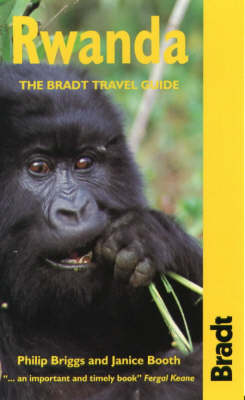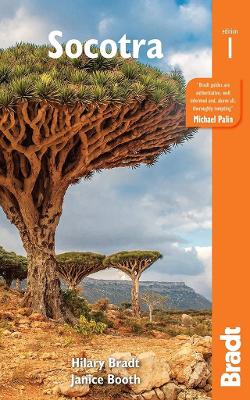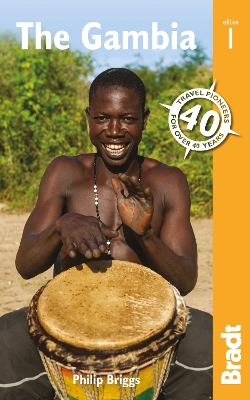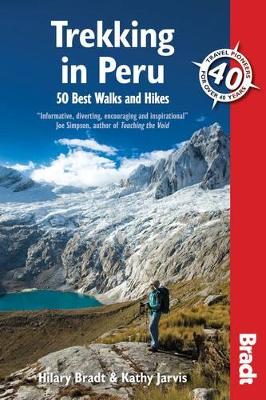Bradt Travel Guides
15 total works
Written by Africa expert Philip Briggs, the guide reflects the growing trend away from large lodges towards small exclusive eco-friendly camps in remote parts of the Serengeti and other major reserves. This edition is more critically selective than previous editions, detailing the best on offer in all price brackets. It includes new chapters on the North Coast and on the Usambara Mountains both of which offer good off-the-beaten-track travel opportunities, as well as an expanded chapter on Lake Victoria. There is in-depth coverage of Tanzania's wildlife including where to see tree-climbing lions, and a full-colour wildlife guide. Philip Briggs keeps readers up-to-date with the highly controversial proposal to build a highway through the Serengeti. Northern Tanzania is an essential travel companion for both first-time visitors and seasoned safari-goers.
This new, full-colour title from Bradt is the first and only guide available to the largest of the four islands that make up the UNESCO World Heritage Site of the Socotra Archipelago in the Arabian Sea, 240 miles offshore from their mother land, Yemen. Everything you might need for a successful trip is covered, from pre-departure planning, getting there, tour operators and where to stay to the full range of information for making the most of your time while there. Background information on history, people, language and culture is followed by an easy-to-follow geographical breakdown covering everywhere from the capital Hadiboh to Ayhaft Canyon National Park, Qaria lagoon, Rosh Marine Nature Sanctuary, Homhil Nature Sanctuary, Terbak village and Hoq Cave, Qalansiyah, Diksam plateau and Firmihin Forest to name just a few of the places detailed. There is also a section on language, an endemic species checklist and suggested sources of further information.
Socotra is unique. Sometimes known as 'The Galapagos of the Indian Ocean', the archipelago has an exceptionally large number of endemic species. Of the 220 bird species recorded, 11 are endemic, including the relatively recently identified Socotra Buzzard. Closer to the ground, an estimated 307 plant species are endemic. More than 600 species of insects, some 100 land and freshwater molluscs, around 80 arachnids, some dozen myriapods, four land- and fresh-water crabs, 30 reptiles and 14 mammals have been found to occur, of which all the land snails, 90 % of the reptiles and about 60 % of the spiders are unique to the archipelago.
With its superb beaches and dramatically varied landscapes (mountains, forest, ravines, sand-dunes, beaches, caves .) Socotra is a prime target for tourism, which will need handling with extreme care. Strict regulations are in force to preserve the island's natural heritage and much of it has protected status, but some unprotected land has already been sold to potential developers. This pristine and relatively unknown little island, so full of natural treasures, may be on the brink of a very different future.
Written by acknowledged experts Philip Briggs and Chris McIntyre, Bradt's Tanzania also focuses on other popular and off-the-beaten track tourist attractions, ranging from Mount Kilimanjaro and the 'Spice Island' of Zanzibar to the mysterious Kilwa Ruins and Kondoa Rock Art (a pair of UNESCO World Heritage Sites often relegated to the small print of other travel guides).
The accommodation listings for the national parks and other safari destinations are the most detailed and authoritative available. Briggs and McIntyre have weeded through the ever-growing number of lodges and camps to create a critically selective list of the best properties in every price bracket - upmarket, midrange and budget. The guide also includes a 48-page wildlife colour field guide, detailing all species a visitor can expect to find on a safari, making this guide the most authoritative source available.
Since its mid-1980s economic nadir, when it lacked adequate facilities for anything but basic camping safaris, Tanzania has grown to be one of Africa's top safari destinations. This new edition actively responds to this evolution by focusing on the country mainly as a safari and short-stay fly-in holiday destination. It also reflects the growing trend away from large lodges towards small, exclusive eco-friendly camps in remote parts of the national parks and bordering community concessions.
Tanzania is arguably Africa's greatest safari destination and is geographically one of Africa's most varied countries, its long palm-fringed coastline complemented by the scenic wonders of the Great Rift Valley, portions of Africa's three largest lakes, and several impressive mountains. With this guide you will discover everything the country has to offer, from spectacular year-round game-viewing to post-safari relaxation on the idyllic beaches of Zanzibar.
